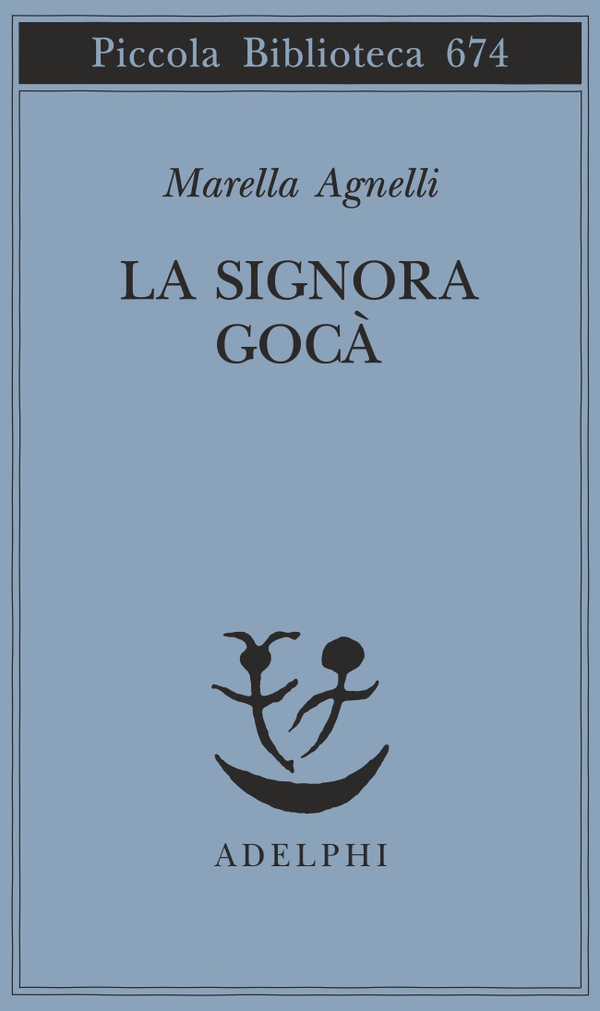We were back in the Eighties, and I used to ask Marella whether she had put “pen on paper”, as she loved to say. Sometimes she had, way more times she hadn’t, she would reply. There were always too many things happening one after the other –and yet, slowly, the pages were settling.
They would never be polished memories, though; nor would they be smoothed or rounded by that forger called memory. It was an imperious rank of juxtaposed shards from her childhood and youth. With huge gaps in between them, they lined up in a succession of lively traces: impressions, expressions, clothes, colours, sentences, substances, plants, scents, hinted-at feelings that appear and disappear. Names of places unveiled sceneries that only the woman writing about them could reach.
The first of them was the setting of a children’s game with a villa, I Cancelli, standing on the Florentine hills, the place where “Lady Gocà” had appeared. And then there were Ratzötz, Balta-Liman, il Roncaccio – and Rome, at long last. The psychology was always implicit, never clearly stated, as if it were slowly coming out of the cocoon of “colourless youth”.
And rather than on the narrator, its oblique light fell upon her mother Margaret, her brothers Carlo and Nicola, her father Filippo, her grandmother Meralda, her first friends; they had all left an indelible mark. It was a whole world – both luring and harrowing – and it was about to fade forever in the wake of the War and the boogie-woogie.
